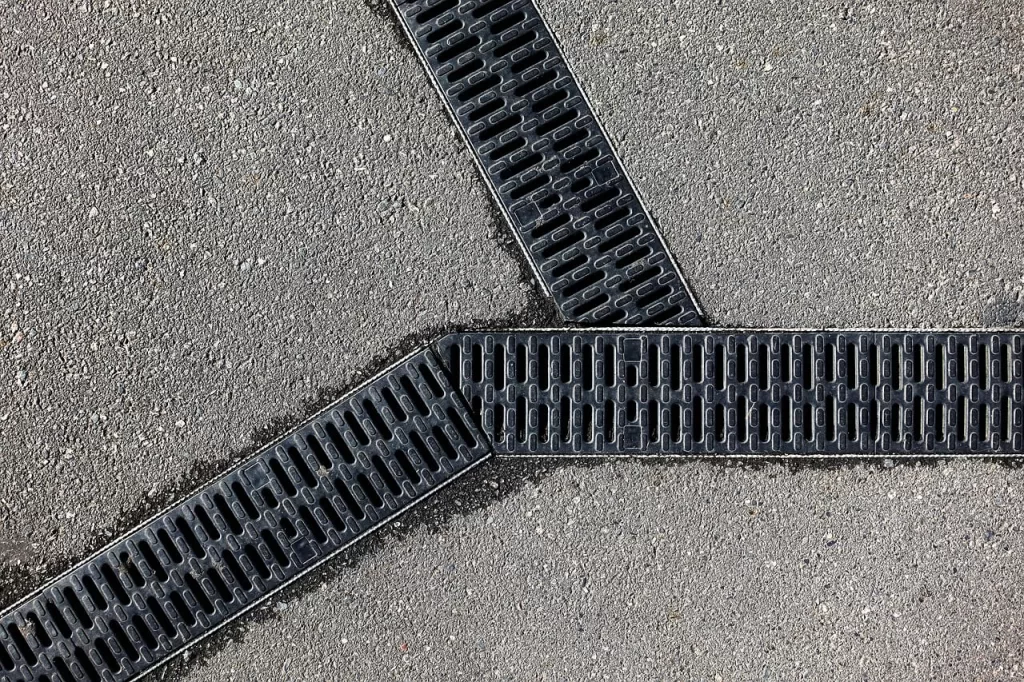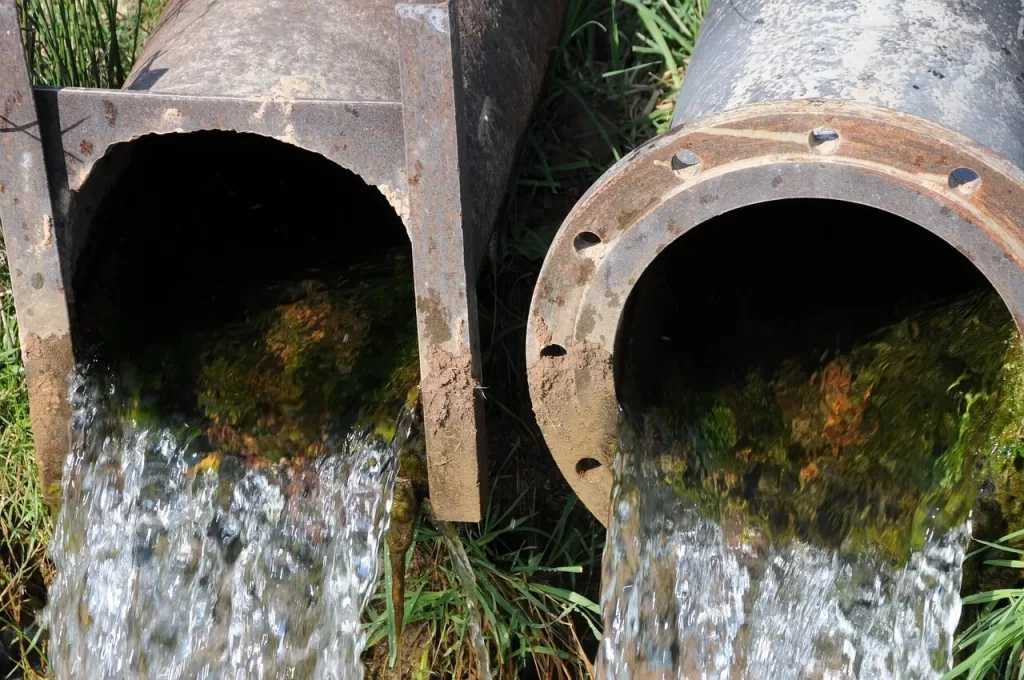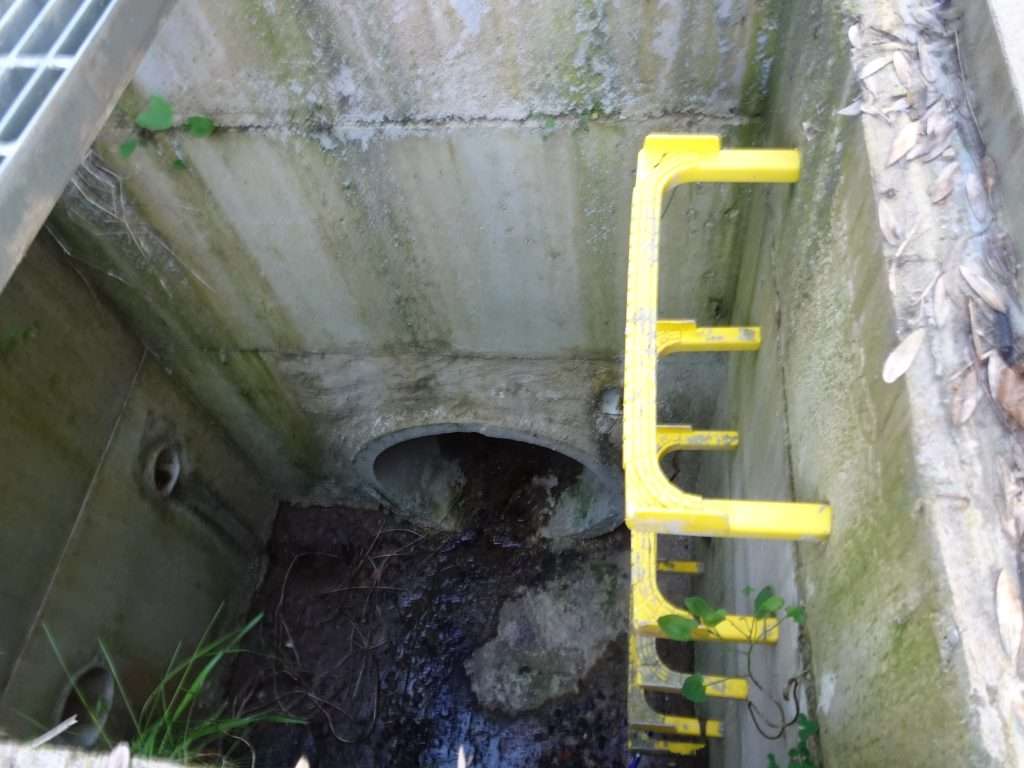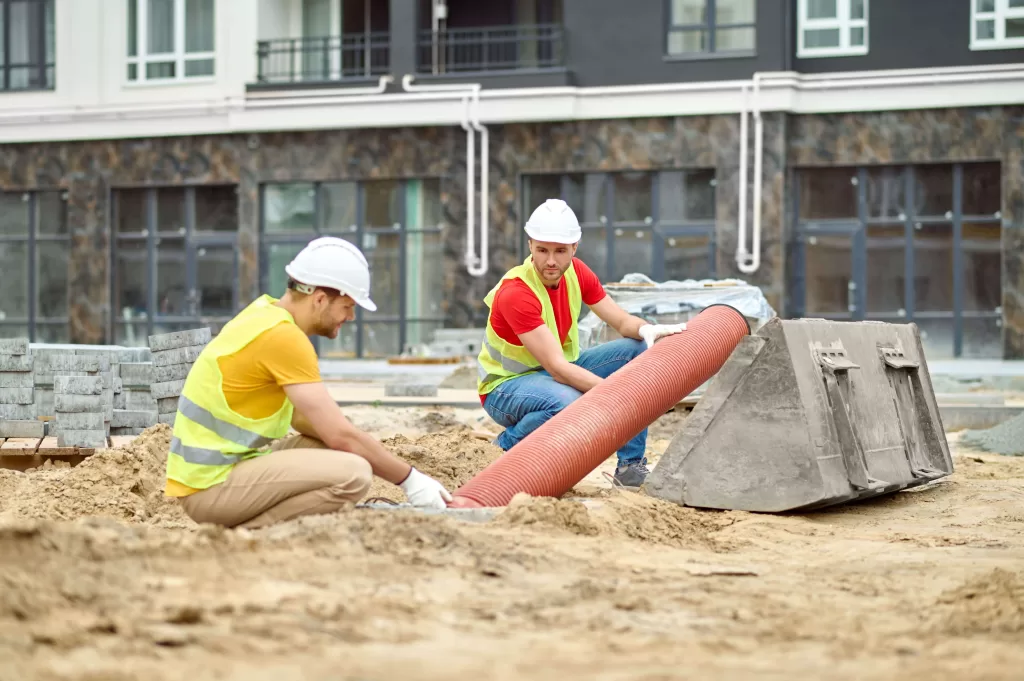Understanding Stormwater Drainage
Stormwater drainage is a system designed to manage rainwater runoff in urban areas. It prevents flooding, soil erosion, and waterlogging by directing excess water away from streets, buildings, and other infrastructure. Without proper drainage, cities would experience frequent water stagnation, leading to property damage and health hazards. A well-planned system ensures a safe and efficient way to handle rainwater, reducing risks associated with uncontrolled runoff.

Table of Contents
What Is the Meaning of Stormwater Drainage?
Stormwater drainage refers to the engineered systems designed to manage rainwater runoff in urban areas. These systems collect and redirect excess rainwater from impervious surfaces—such as roads, rooftops, and sidewalks—into designated channels or natural water bodies. Without proper drainage, urban areas can experience water accumulation, leading to flooding, infrastructure damage, and health hazards. BSD Consulting emphasizes the importance of well-planned drainage systems in preventing such issues and promoting environmental sustainability.
How Does a Stormwater Drain Work?
A stormwater drain operates through a network of interconnected components:
- Catch Basins and Inlets: These structures collect rainwater from surfaces and direct it into the drainage system.
- Pipes and Channels: Underground pipes and open channels transport the collected water away from urban areas.
- Outlets: The system discharges the water into natural water bodies like rivers or oceans.
Some advanced systems incorporate features like detention basins and infiltration trenches to slow down water flow and promote groundwater recharge.

What Is the Purpose of a Storm Drain?
Storm drains serve multiple vital functions in urban settings:
- Flood Prevention: By efficiently channeling rainwater away from populated areas, storm drains mitigate the risk of flooding.
- Infrastructure Protection: Proper drainage prevents water accumulation that can weaken the foundations of buildings and roads.
- Environmental Conservation: Storm drains help in filtering pollutants from runoff, protecting aquatic ecosystems.
Erosion Control: By managing the flow of water, these systems reduce soil erosion in both urban and surrounding natural areas.
The Importance of Drainage in Urban Planning
Drainage plays a crucial role in urban planning. It helps maintain the structural integrity of roads, bridges, and buildings by preventing water accumulation that can weaken foundations. A professional structural engineer Victoria can design effective stormwater drainage solutions that integrate seamlessly with city infrastructure. By incorporating building engineering services, cities can develop sustainable stormwater management strategies that enhance public safety and environmental sustainability.

How Stormwater Drainage Prevents Damage
Partner with Experts for Effective Solutions
For reliable stormwater drainage systems, working with experienced professionals is essential. BSD Consulting in Melbourne offers expert advice on stormwater drainage, leveraging the expertise of structural engineer Victoria specialists and building engineering services providers. Whether it’s designing new drainage systems or assessing existing infrastructure, BSD Consulting ensures effective solutions tailored to urban requirements.

Frequently Asked Questions (FAQ)
Urban areas have numerous impervious surfaces that prevent natural water absorption. Stormwater drainage systems manage excess rainwater, preventing flooding and protecting infrastructure.
Yes. Debris, sediment, and waste can block drains, leading to water accumulation and potential flooding. Regular maintenance is essential to ensure functionality.
Typically, stormwater is not treated before being discharged. However, some systems incorporate features to filter out pollutants, enhancing water quality.
By managing runoff, stormwater systems reduce pollution in natural water bodies, prevent soil erosion, and promote groundwater recharge, supporting overall ecosystem health.
